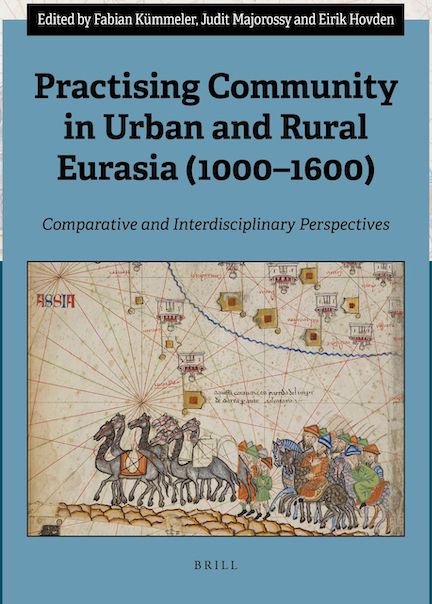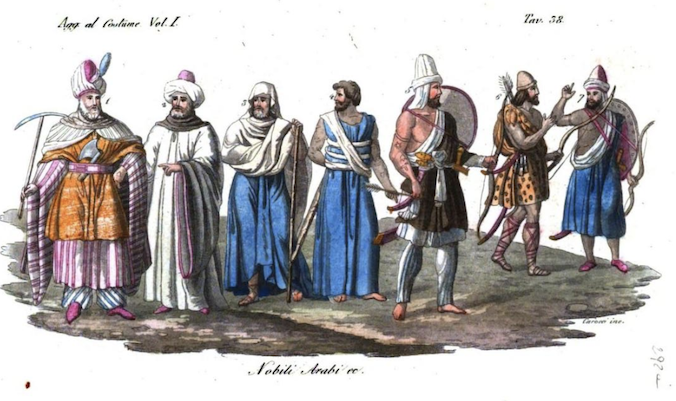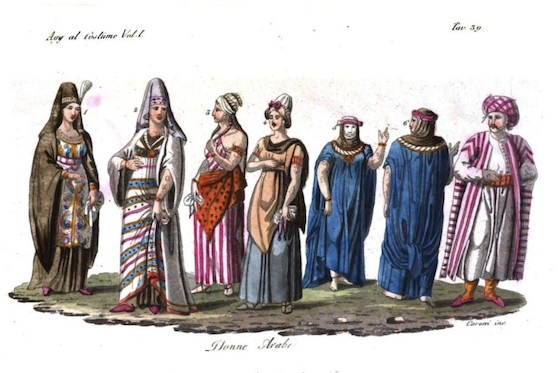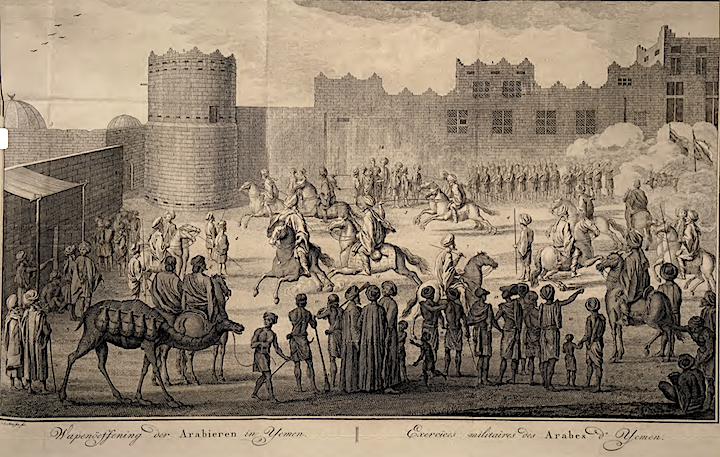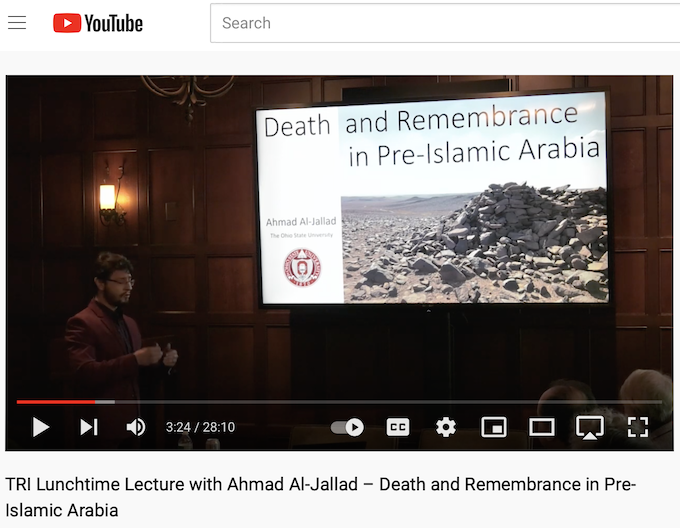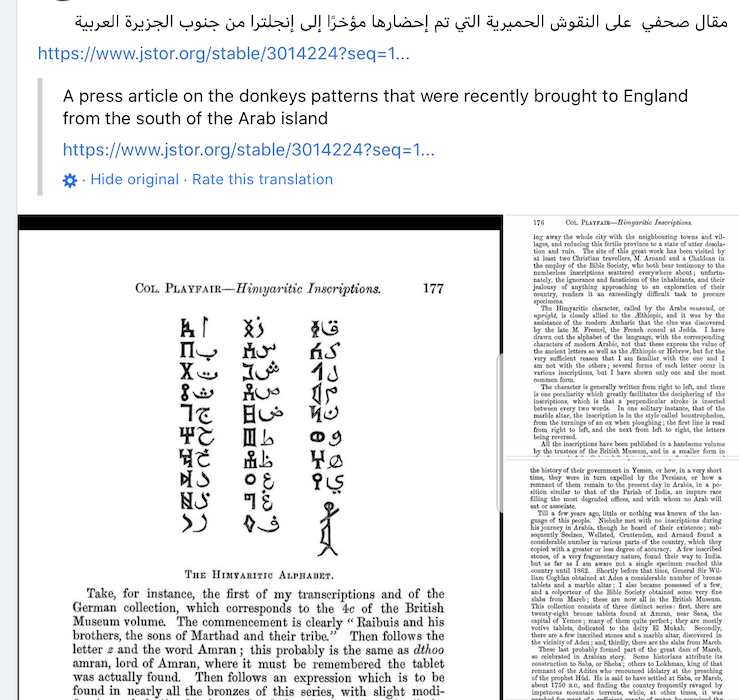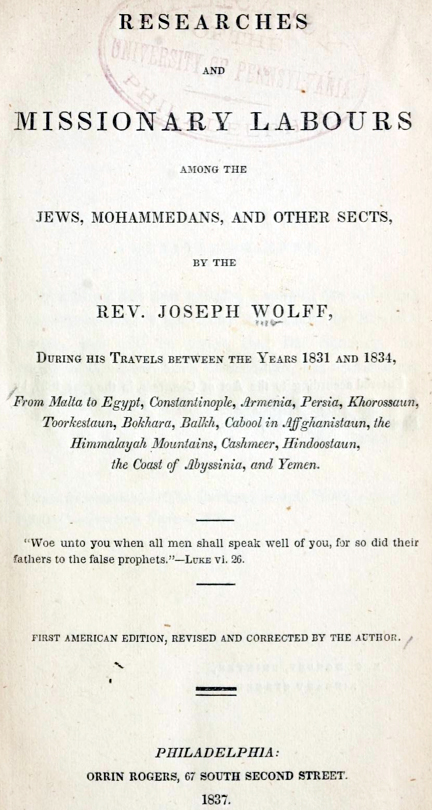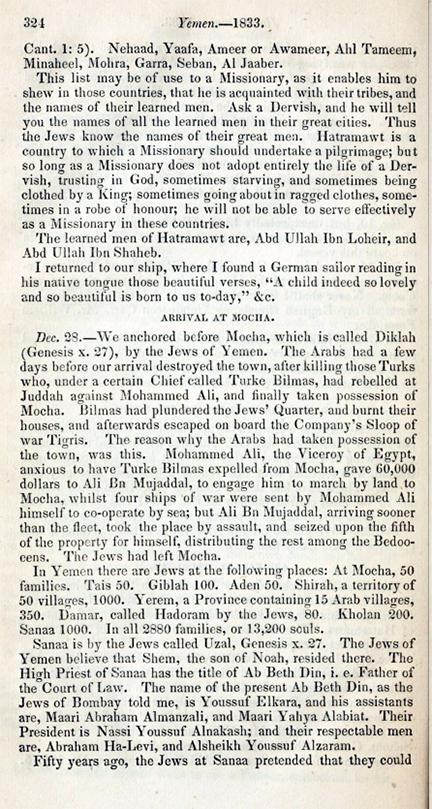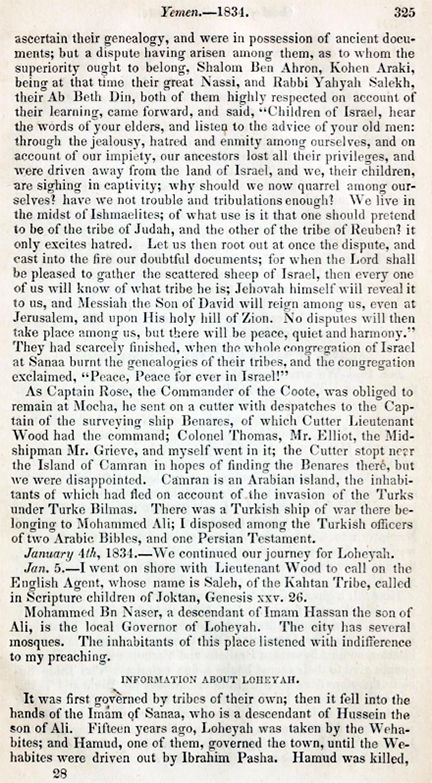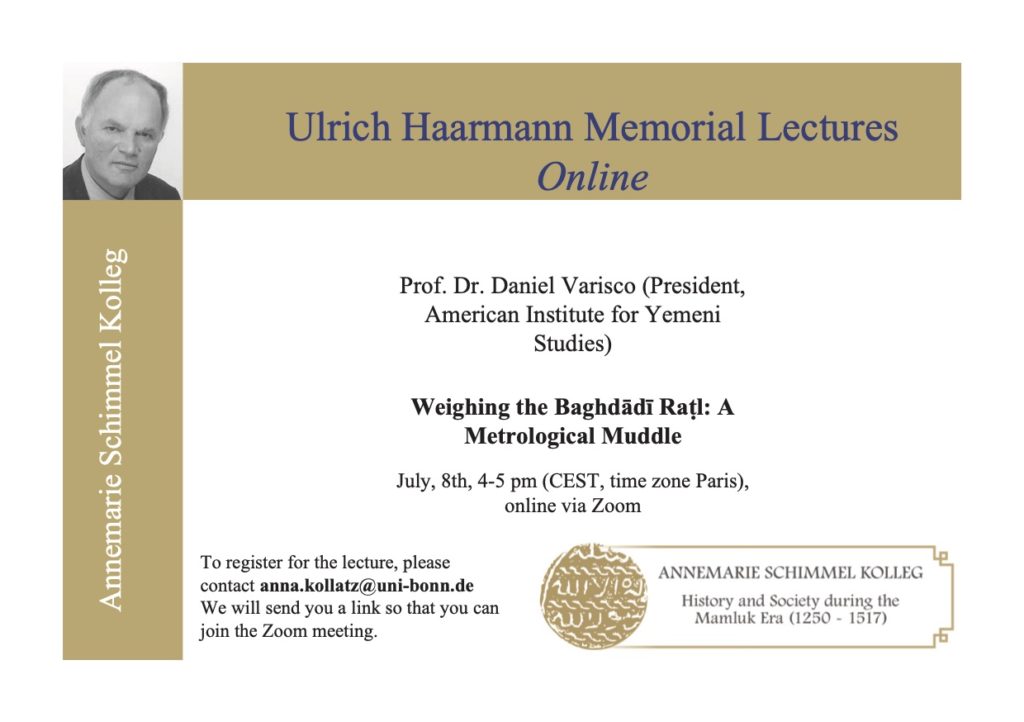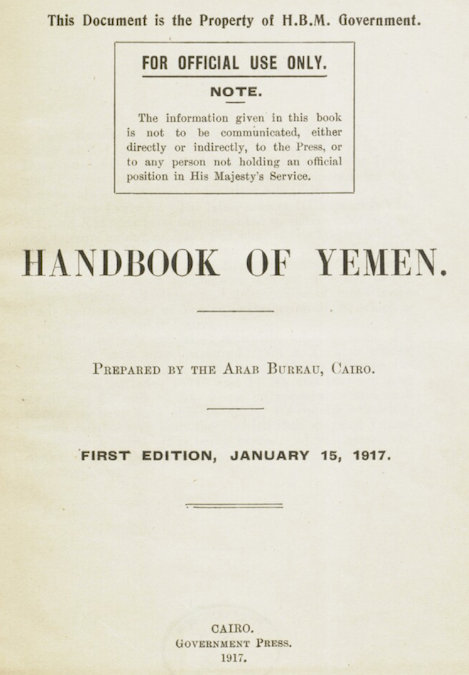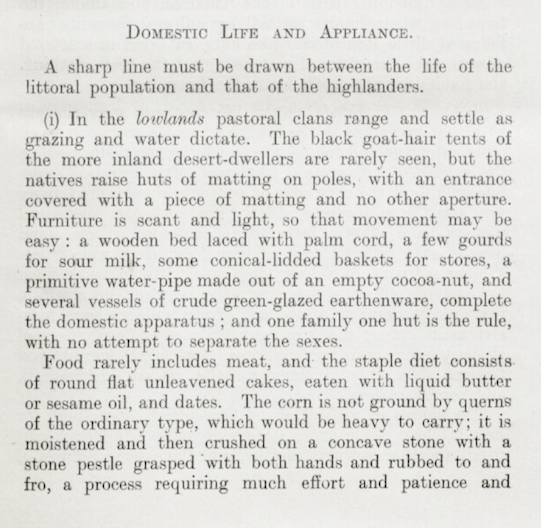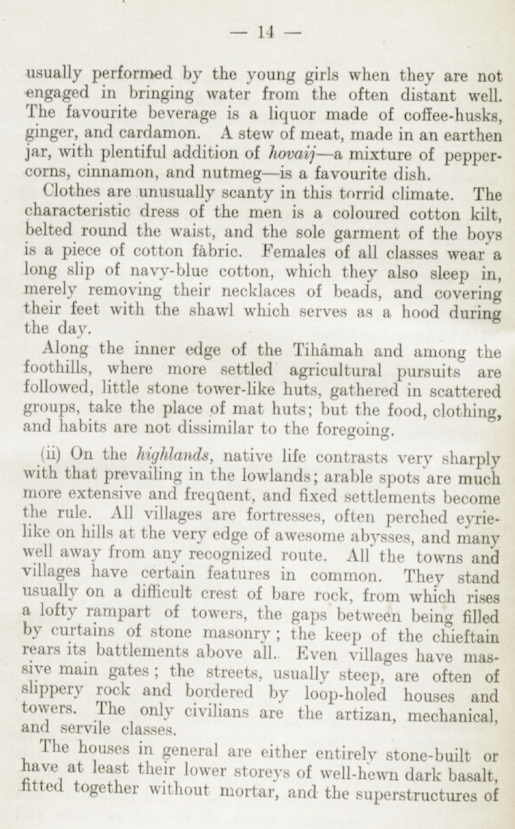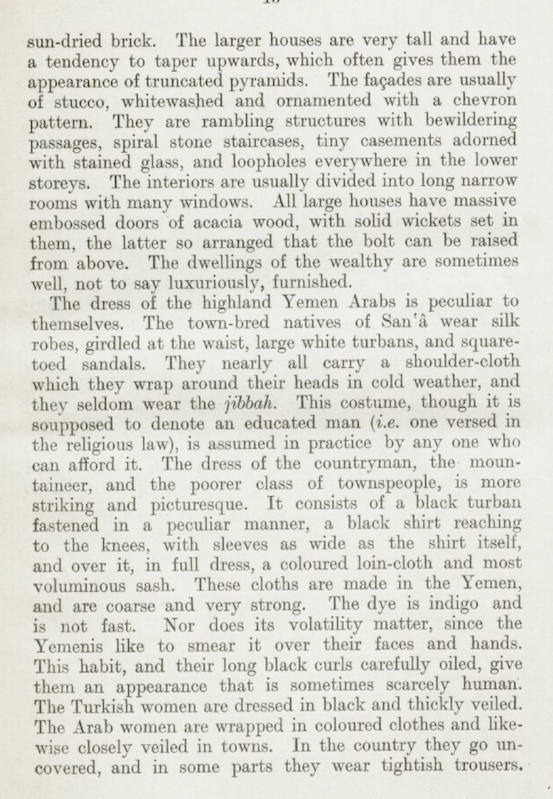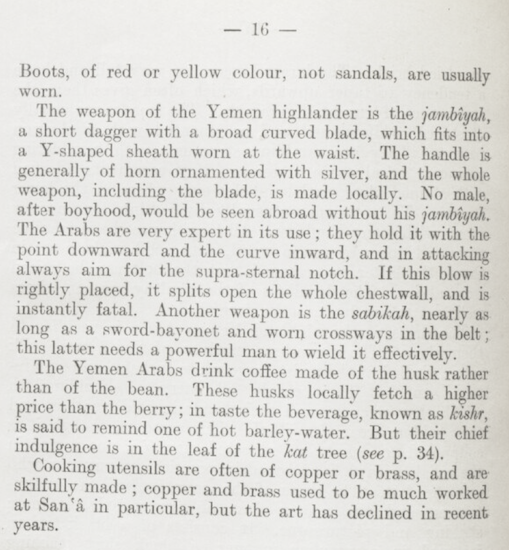Practising Community in Urban and Rural Eurasia (1000–1600): Comparative and Interdisciplinary Perspectives, eds. Fabian Kümmeler, Judit Majorossy, and Eirik Hovden (Brill Publishing, November 2021)
https://brill.com/view/title/60086
This volume explores social practices of framing, building and enacting community in urban-rural relations across medieval Eurasia. Introducing fresh comparative perspectives on practices and visions of community, it offers a thorough source-based examination of medieval communal life in its sociocultural complexity and diversity in Central and Southeast Europe, South Arabia and Tibet. As multi-layered social phenomena, communities constantly formed, restructured and negotiated internal allegiances, while sharing a topographic living space and joint notions of belonging. The volume challenges disciplinary paradigms and proposes an interdisciplinary set of low-threshold categories and tools for cross-cultural comparison of urban and rural communities in the Global Middle Ages.
The articles relevant to Yemen include:
Balancing a Community’s Food and Water Supply: The Social Impact of Rural-Urban Interdependences in Kor?ula (Dalmatia) and ?a?da (Yemen) — Fabian Kümmeler and Johann Heiss
Conceptualizing City-Hinterland Relations and Governance: Medieval Sanaa as a Case Study — Eirik Hovden, Johann Heiss, and Odile Kommer
The Monuments of Rasulid Ta?izz: The Physical Construction of Power and Piety — Noha Sadek
Defining Rules of Rural-Urban Flows: Endowments, Authority and Law in Medieval Zaydi Yemen in a Comparative Perspective — Eirik Hovden
“To Extol Knowledge”: Celebrating the Completion of Books in Rasulid Yemen — Johann Heiss
Nodal Conglomerates and Their Visions: Comparative Reflections on Urban-Rural Settings across Asia and Europe (1000–1600 CE) — Andre Gingrich
